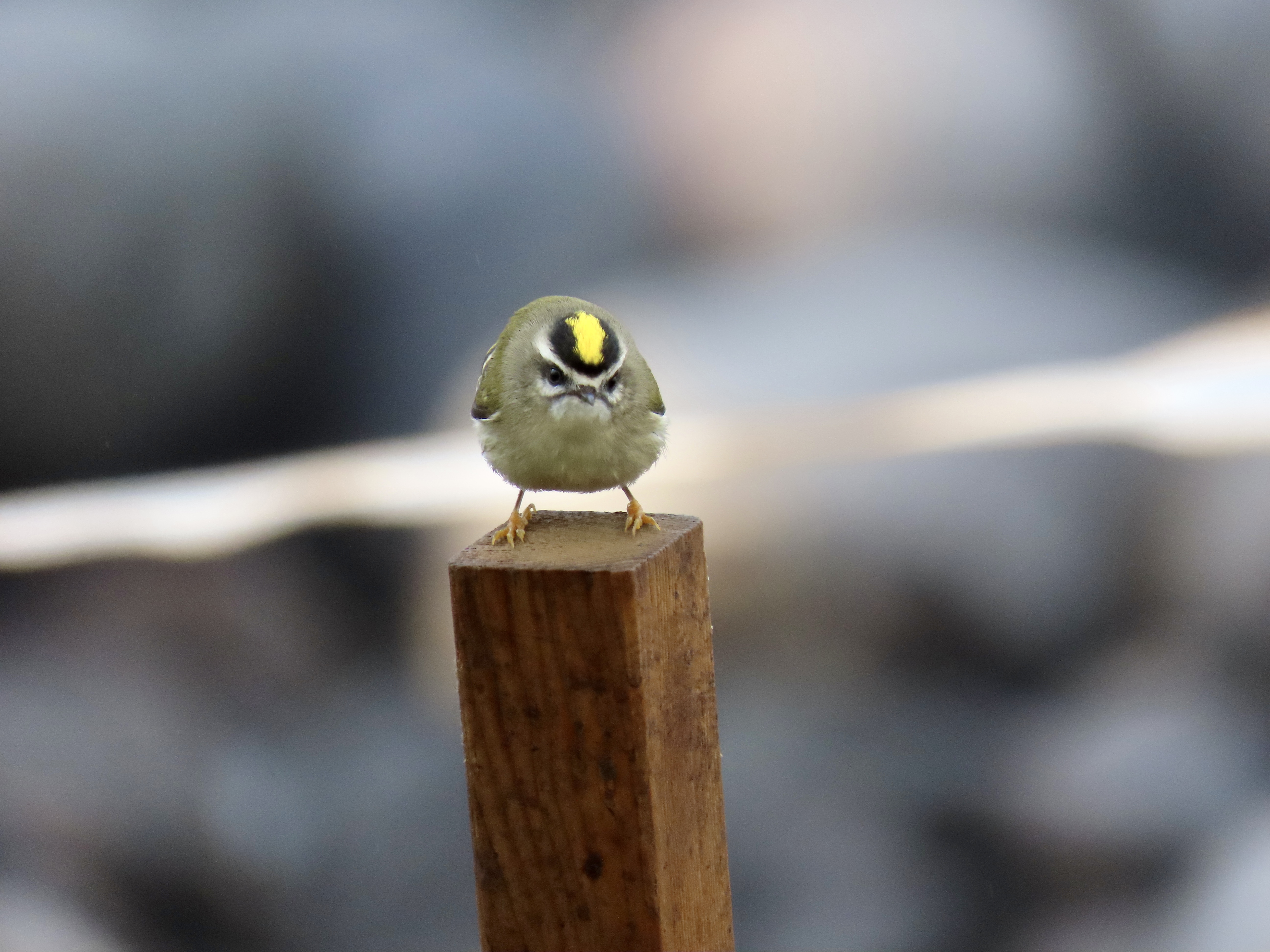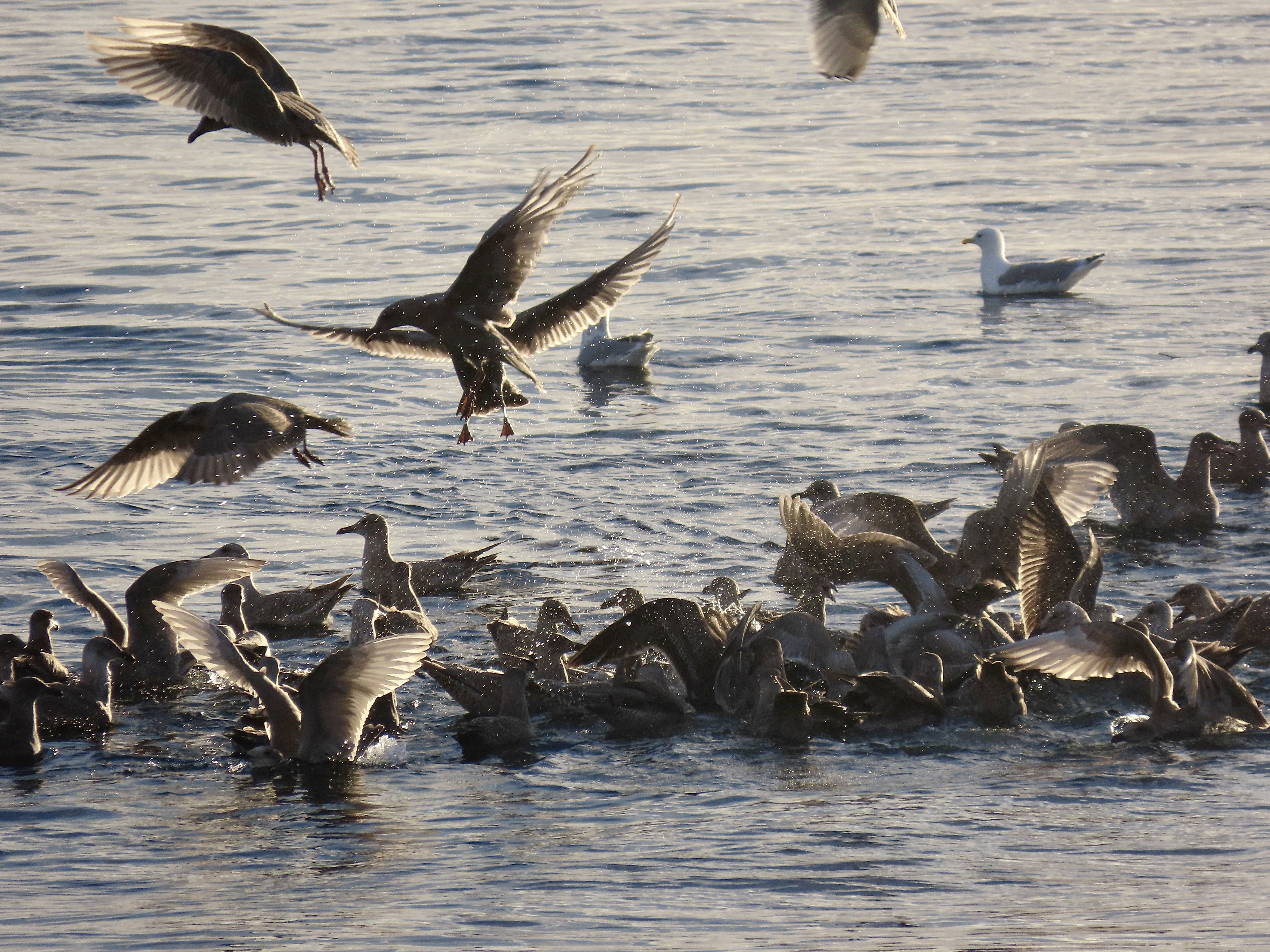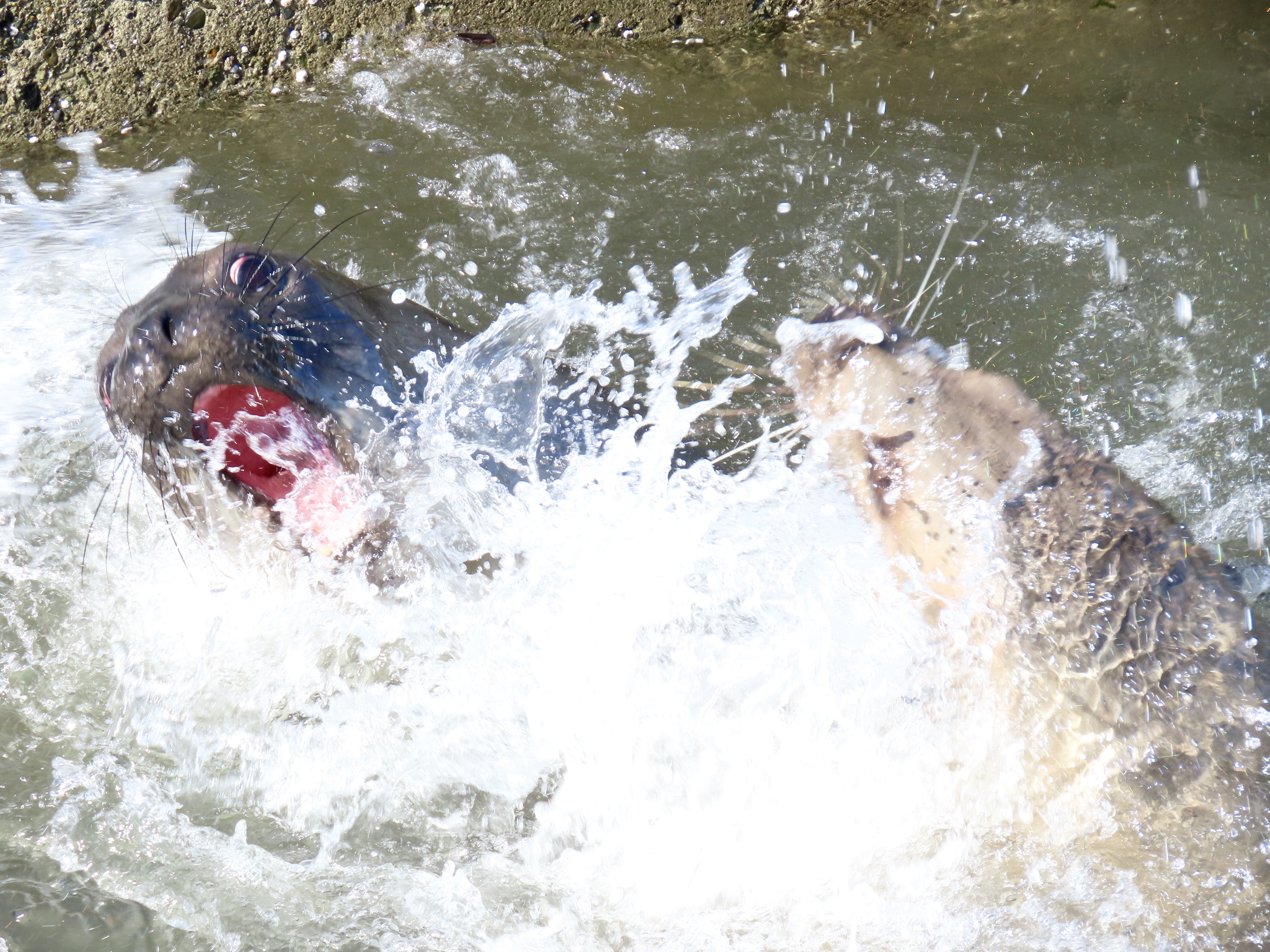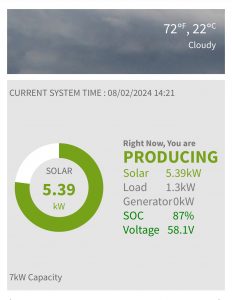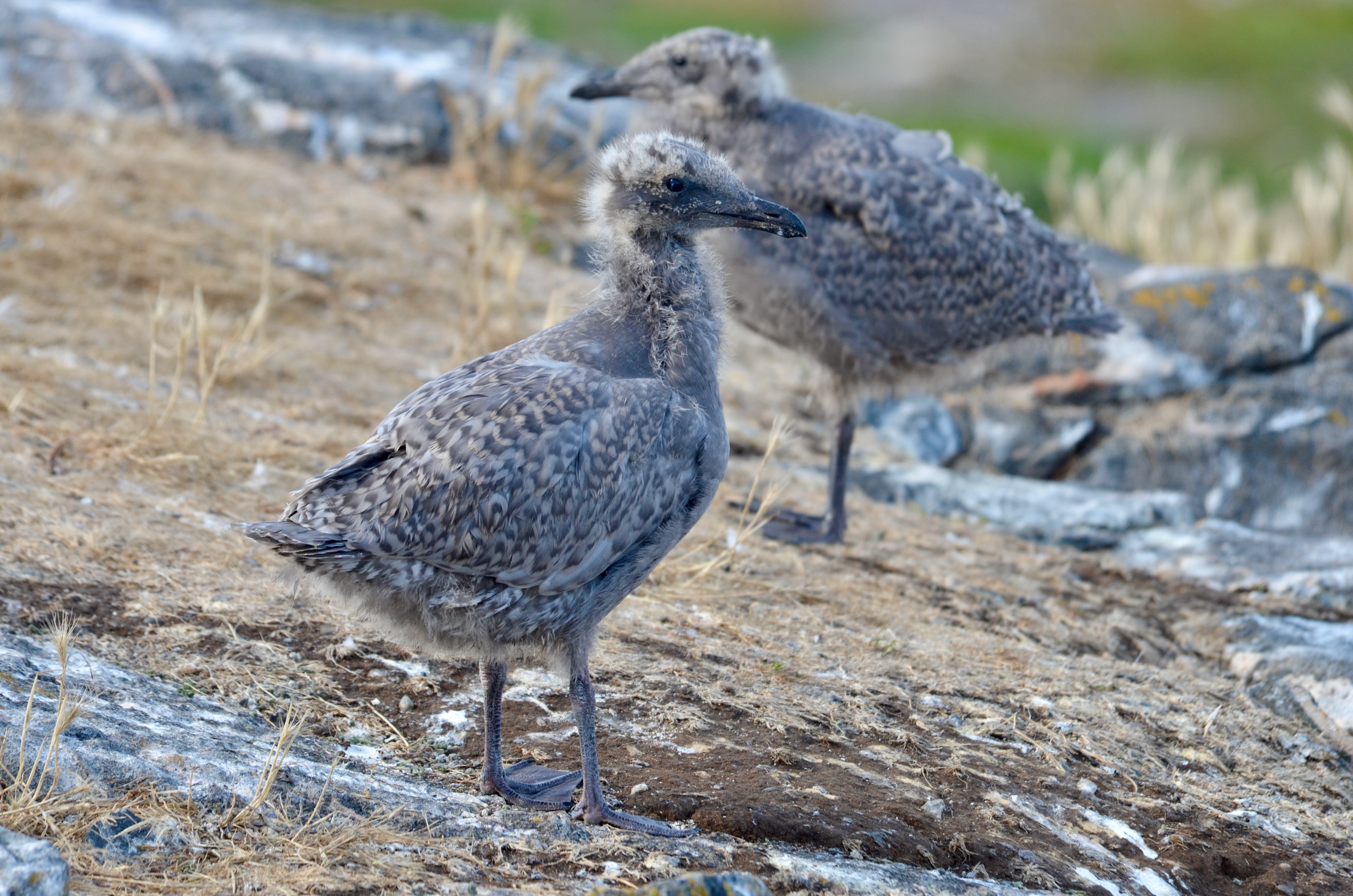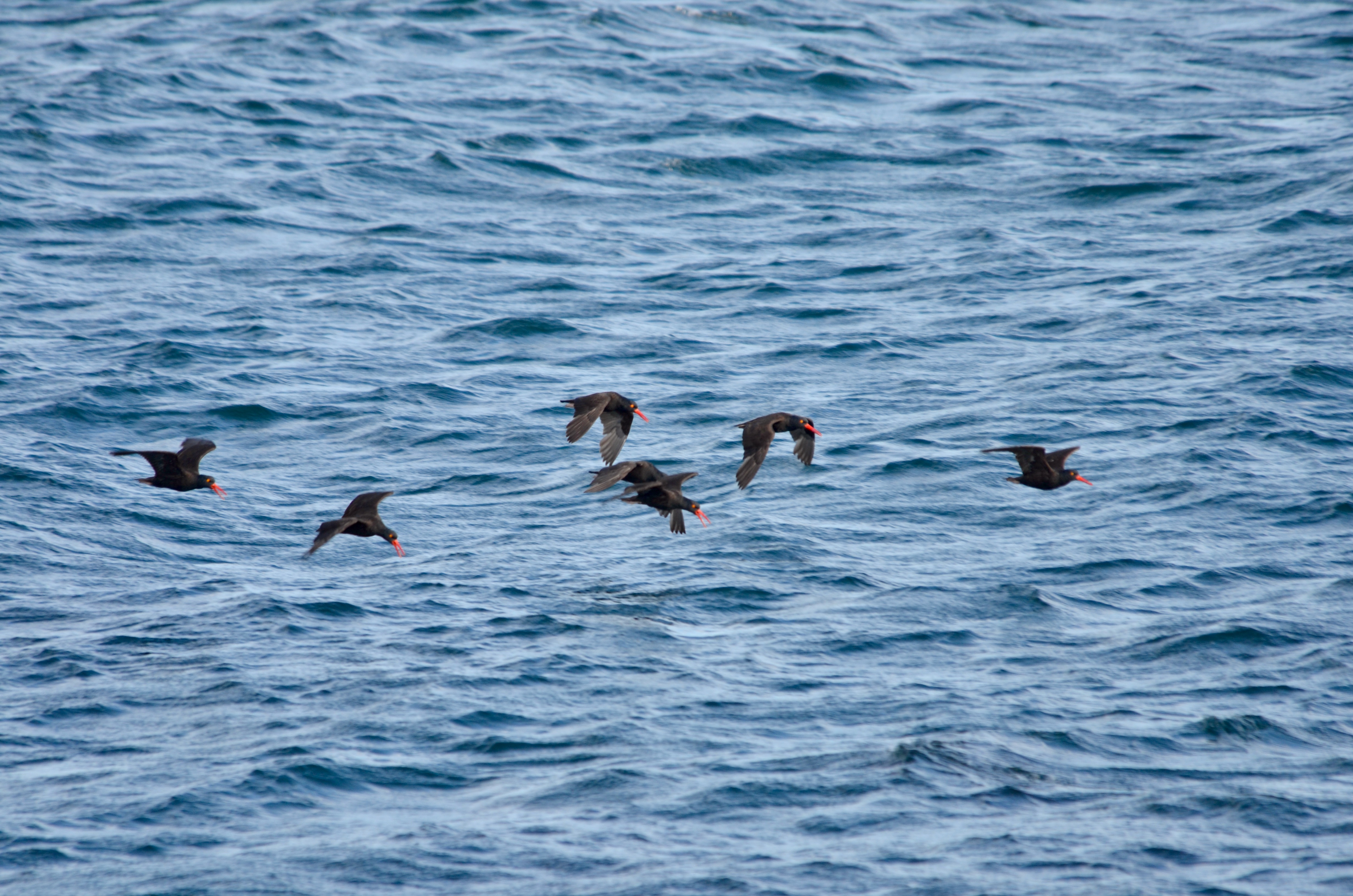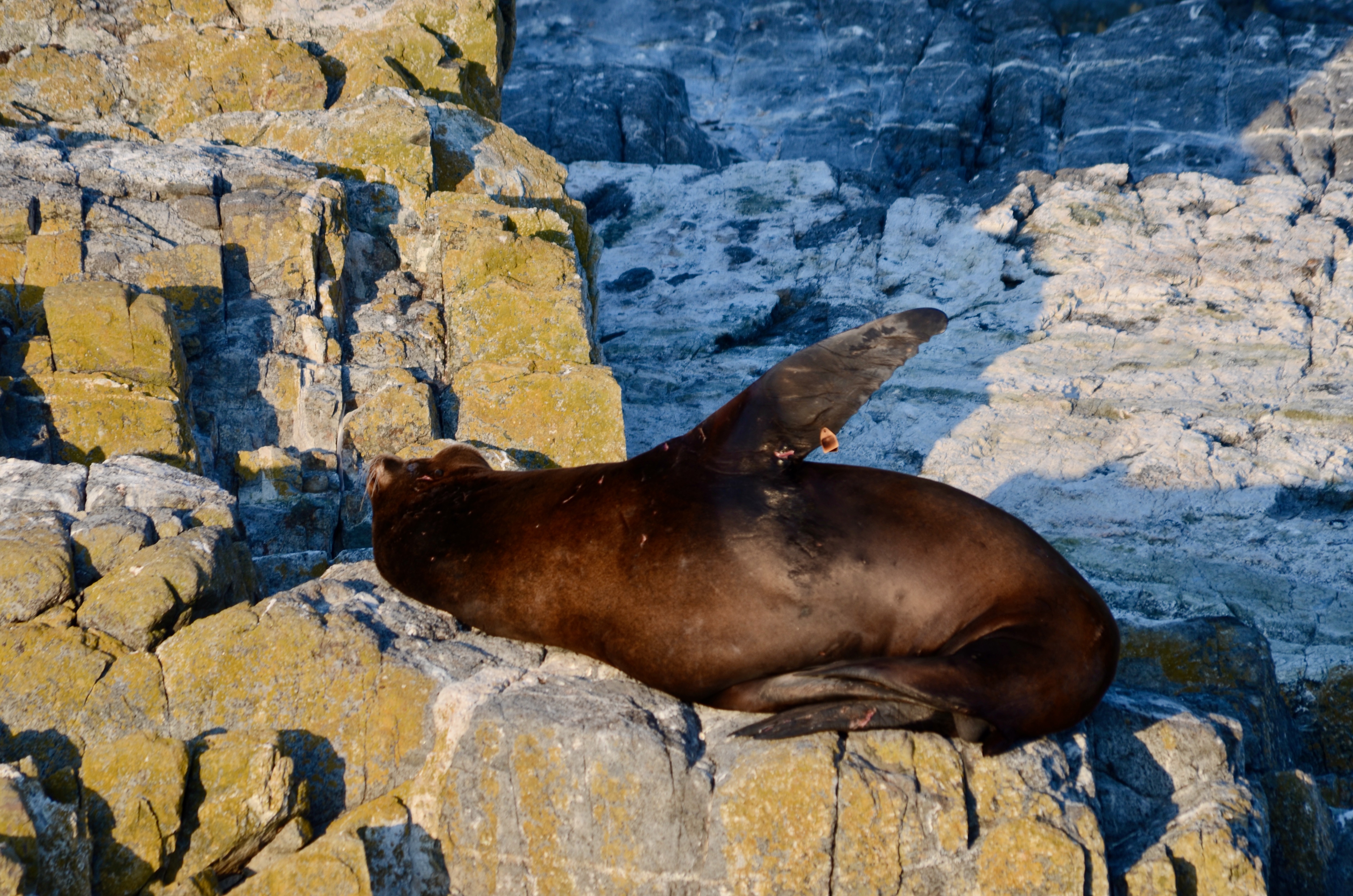Ecological Notes:
- 1 expecting female Elephant Seal … coming and going, still only coming as high as the ramp/ boat shed area
- Very small female Elephant Seal , green tag number L334 visiting occasionally … very skittish and nervous, especially when the sea lions are moved off the ramp
- In addition to a few Humpback Whales still in viewing distance, one did a rise only 5 meters off the jetty
- Removal of dead bird carcasses (mostly gulls)
Visitors:
- 1 supply drop off by the waterfront team
- High tides, winds, and swells have prevented the work crews from coming out
Facility Work:
- Fuel transfers, ensuring extra in the generator room as storms are coming again
- Topped up battery levels
- Daily fencing repairs. I got some new ribbon joiners that seem to be working well
- Combination of high tides and swells has kept the jetty pretty much awash most of the daytime hours
- Took advantage of rainy squalls to clean windows and solar panels
Noted Vessel Traffic:
- Although they are less frequent, still some Ecotourism vessels in the park daily
Weather Events:
- Thursday, November 14:
- Sky: High cloud, with occasional clear periods
- Wind: WSW 20 – 25 kts
- Sea: Swells from the west to 1.5 metres
- Temperature Low 8oC, High 11oC
- Sky: High cloud, with occasional clear periods
- Friday, November 15:
- Sky: mostly clear, high cloud and light mist in the distance
- Wind: Mostly N 5 kts
- Sea: overall flat with a slight swell…residual wrap around swell in the pier area is very high though, swamping the entire pier on each swell
- Temperature Low 1oC (during the early morning N winds), High 8oC
- Sky: mostly clear, high cloud and light mist in the distance
- Saturday, November 16:
- Sky: High overcast, full visibility at water level. Light rain starting mid afternoon
- Wind: ENE rising to 20kts in the early morning, veering to N and 10 – 20kts
- Sea: morning, calm with low underlying swell
- Temperature Low 4oC, High 8oC
- Sunday, November 17:
- Sky: Overcast, Heavy morning rain squalls
- Wind: Westerly night winds, peaking at 40kts… dropping to 15 – 20 kts by morning
- Sea: morning, calm with low underlying swell
- Temperature Low 4oC, High 8oC
** All wildlife photos taken at the furthest distance possible, and may be cropped to improve detail! **
Weather – Current:
http://www.victoriaweather.ca/current.php?id=72
Weather – Past:














